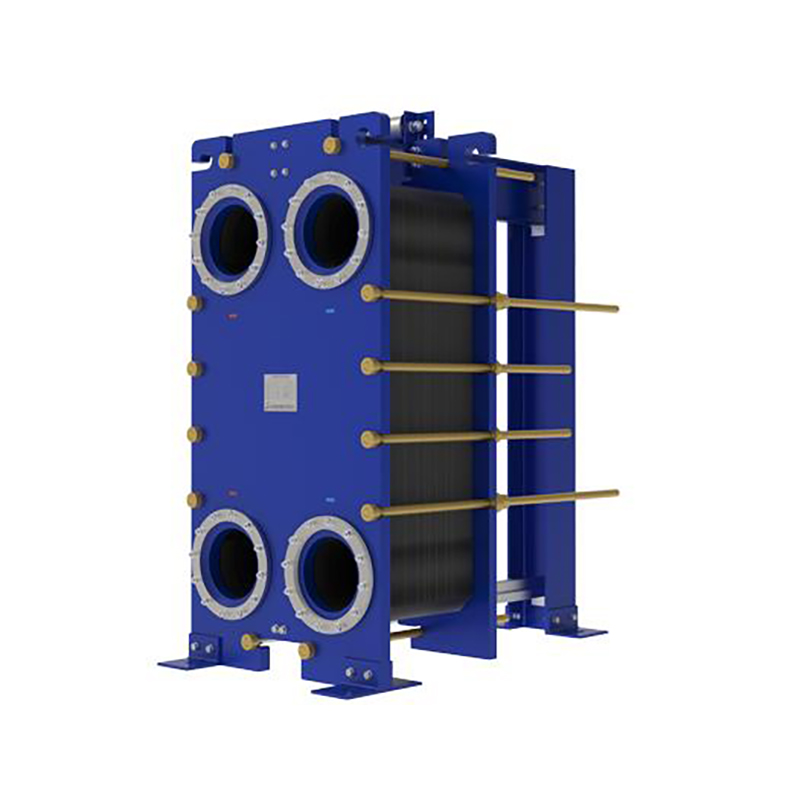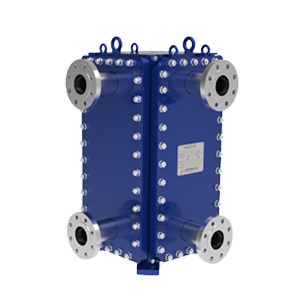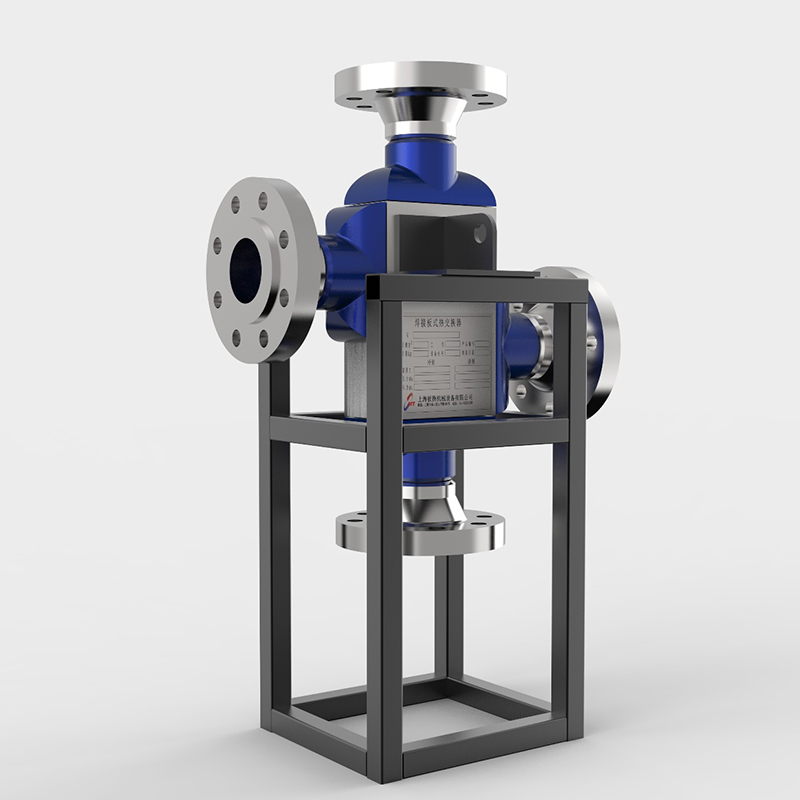5 key roles of plate heat exchanger gaskets.
Plate heat exchanger gaskets perform 5 key roles: ...
More
A closed loop heat exchanger is a system designed to transfer heat from one fluid to another without the two fluids ever coming into direct contact or mixing. In this setup, a primary fluid circulates within a sealed loop, absorbing heat from a process or piece of equipment. This heated fluid then travels to a heat exchanger unit, where it transfers its thermal energy to a secondary cooling medium, typically water or air, before being recirculated back to the heat source to repeat the process. This fundamental principle makes closed loop systems a cornerstone of thermal management across countless industries. The defining characteristic is the complete physical separation of the two fluid circuits, which is crucial for protecting sensitive or expensive components from contamination, corrosion, and fouling that can occur with open-loop systems. This separation ensures the longevity and purity of the internal coolant, which is often a specially formulated treated water or glycol mixture. By maintaining a clean, closed circuit, these systems prevent scale build-up and biological growth, which are common causes of efficiency loss and failure in other cooling methods. The robust design of closed loop heat exchangers makes them indispensable for applications requiring precise temperature control, operational reliability, and minimal maintenance, securing their role as a critical component in modern industrial operations.
The operation of a closed loop heat exchanger is a continuous cycle of heat absorption, transport, rejection, and return, all within a sealed and pressurized circuit. The process begins at the heat source, such as an industrial laser, a powerful hydraulic system, an injection molding machine, or even the core of a nuclear reactor. Here, the primary coolant, which is confined within the closed loop, flows through a jacket or plate stack and absorbs waste thermal energy, causing its temperature to rise. This now-hot coolant is pumped through insulated pipes to the heart of the system: the heat exchange unit. This unit can be one of several types, with shell and tube and plate and frame being among the most common. In a shell and tube design, the warm primary coolant flows through a series of tubes, while a separate, secondary coolant (like plant cooling water or ambient air forced by a fan) moves over the outside of these tubes. The large surface area of the tubes facilitates efficient heat transfer from the primary loop to the secondary medium without any mixing. The secondary coolant, having absorbed the heat, is then discharged to a cooling tower, a chiller, or simply expelled to the atmosphere. Meanwhile, the primary coolant, now cooled and having relinquished its heat, is pumped back to the original heat source to begin the cycle anew. Sophisticated control systems, including thermostats and variable speed pumps, constantly monitor outlet temperatures and modulate the flow of the secondary coolant to maintain the primary loop within a precise, pre-set temperature range, ensuring optimal process conditions and maximum energy efficiency. This elegant and efficient mechanism is why industries from power generation to food and beverage processing rely on these systems for critical cooling tasks.
Select the most popular foreign trade service products to meet your diverse needs
Learn more about the dynamics and professional knowledge of the foreign trade industry

Plate heat exchanger gaskets perform 5 key roles: ...
More
A gasket in heat exchanger seals surfaces, blocks ...
MoreAPI 662 defines standards for plate heat exchanger...
More
You can see clear differences between welded block...
More
Ignoring a fouled heat exchanger causes high energ...
More
A heat exchanger's main parts include the heat tra...
MoreSelect the most popular foreign trade service products to meet your diverse needs
Explore more content related to foreign trade services

User Comments
Service Experience Sharing from Real Customers
Michael Chen
HVAC Design EngineerThis closed loop heat exchanger is incredibly efficient and robust. The build quality is exceptional, and it has significantly improved the thermal management of our data center cooling system. Installation was straightforward, and it has been operating flawlessly for months with zero maintenance.
Sarah Johnson
Plant ManagerWe integrated this closed loop system into our chemical processing line, and the performance is outstanding. It maintains precise temperature control, is highly corrosion-resistant, and has drastically reduced our energy consumption. A fantastic piece of equipment for demanding industrial environments.
David Rodriguez
Senior MechanicAs a mechanic in a large automotive plant, I've worked with many heat exchangers. This closed loop unit is one of the best. It's durable, doesn't leak, and keeps our hydraulic systems running at the perfect temperature. The only reason it's not a 5 is that the initial fittings were slightly non-standard, but an easy fix.
Emily Watson
Facilities EngineerThis heat exchanger is the core of our building's new energy recovery ventilation system. Its closed loop design prevents contamination, and its efficiency has cut our heating costs noticeably. The compact size was also a major plus for our tight mechanical room. Highly recommended for commercial HVAC applications.